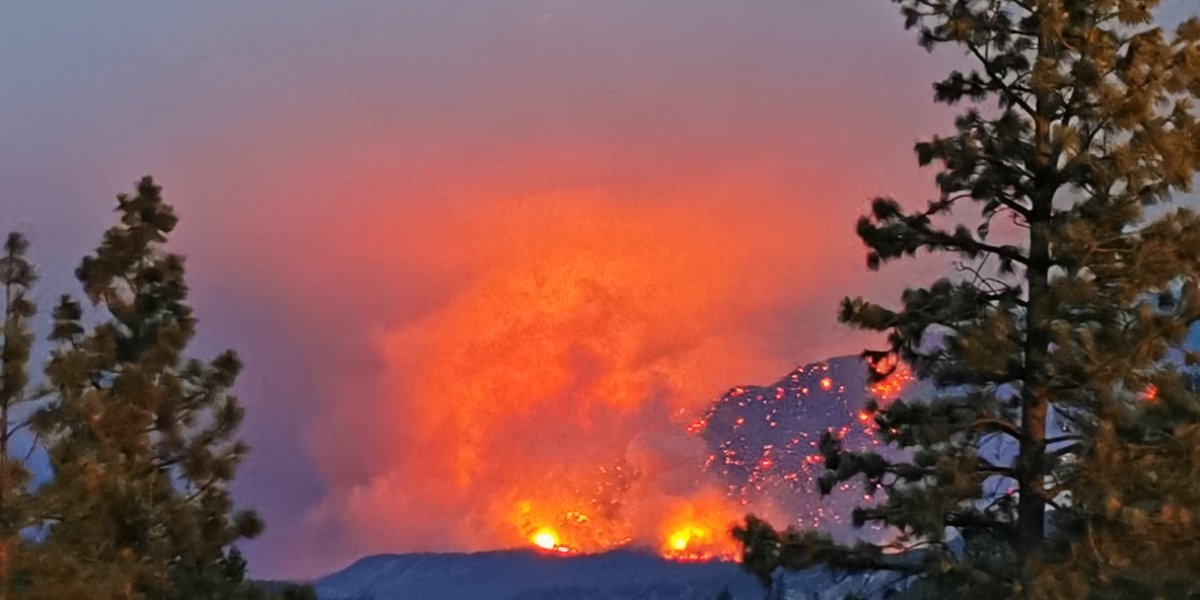Warm weather, lack of humidity in the soil combined with strong winds equal fire weather conditions. A study conducted by researchers from CICERO and the University of Oslo concludes that there is an increasing risk of large wildfires in high latitude regions. Photo: ISTOCK
Risk of more fire weather in the North
There is an increasing risk of large wildfires in high latitude regions, Scandinavia included, concludes a newly published study by researchers from CICERO Center for International Climate Research and the University of Oslo.
References
– The Northern boreal forests face increased risk of wildfires. To say it simple: We expect more “fire weather”, says research director Marianne Tronstad Lund at CICERO Center for International Climate Research.
Boreal forest regions
While most scientific studies of wildfires and climate change concentrate on Northern America, researchers from CICERO and the University of Oslo have looked at the Northern region as a whole and investigated how climate change affects boreal forests in Alaska, Canada, Finland, Scandinavia, and Siberia. The results are discouraging: Increased global warming leads to more weather conditions that give high risk of wildfires in the five boreal forest regions covering the Northern hemisphere. The study was recently published in the journal Environmental Research Communications.
Warm and dry weather, lack of humidity in the surface combined with strong winds equal fire weather conditions, a term established by researchers to describe high risk of particularly large wildfires. In a warmer climate, climate model calculations anticipate longer and more frequent periods of high-risk fire weather in several places.
Floods and droughts
– In Scandinavia, we are still very much concerned with the recent extreme weather events and floodings of the past few weeks. And climate change will lead to extreme rain and floodings. But that does not exclude longer periods of drought, particularly during the summers. Warmer weather and less humidity in the soil create conditions for increased wildfire risk. And when fires do break out, by lightning or human activity, they can increasingly grow out of control, says Lund.
Canada, currently ravaged by the worst wildfires ever registered in the country, is expected to see the largest changes in the years ahead. With an increase in global temperatures between 1 and 4 degrees Celsius, Canada is facing a doubling of days with wildfire risk weather, according to climate models. Alaska is the least exposed of the five boreal regions in the study, but even here models show an increase in the number of fire weather days.
How to behave in the forest?
The weather lays the foundation, but a spark is still needed to start a fire. Car driving, cigarettes, campfires, and sparks from passing trains are all examples of human activity that present risk of fire. Thunderstorms and lightning are other important causes of fire in the Arctic, phenomena that occur increasingly with global warming, according to studies.
– Higher risk of wildfires may impact how we can behave in the forest. Perhaps there ought to be longer periods of open fire ban, improved alerting systems and other preparedness measures, suggests senior researcher Kalle Nordling at CICERO.
– This knowledge could also impact forest management, how we work to prevent the risk of fires coming out of control and where we should allow building of houses and cabins. It could even influence methods of firefighting, says Lund.
